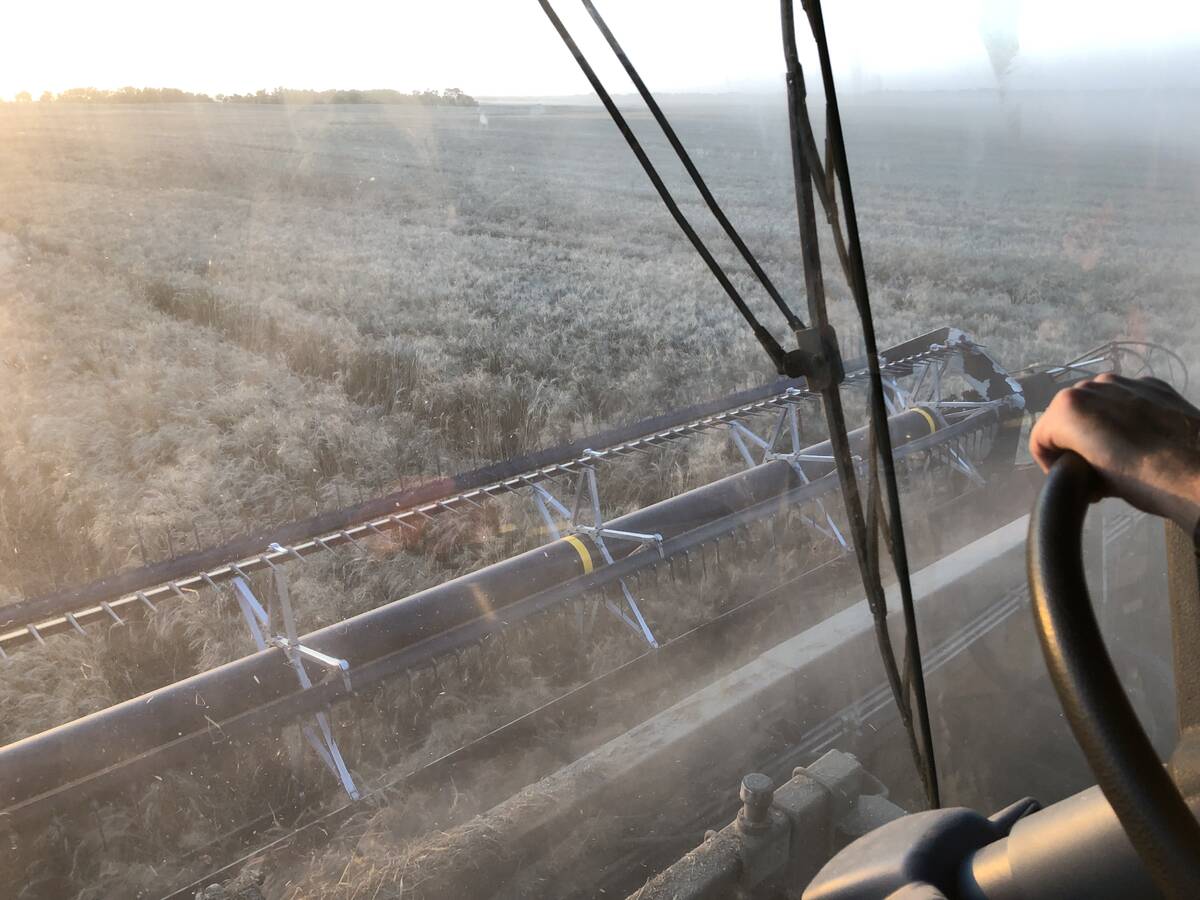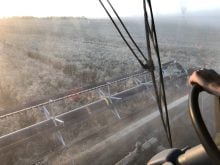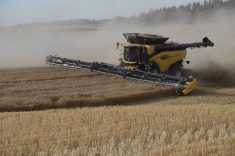The Saskatchewan government found an innovative way last week to ask Ottawa for a drought-related ad hoc payment of up to $200 million.
Increase the value of crop insurance coverage to compensate farmers for market price rises since they bought insurance in the spring, said provincial minister Clay Serby.
Federal minister Lyle Vanclief appeared to find a traditional way to say no.
“It certainly hasn’t been the practice in Canada in the past of retroactively making any major changes to crop insurance programs,” he said Sept. 5.
Read Also

Mail strike disrupts grain sample delivery
The Canadian Grain Commission has asked farmers to consider delivering harvest samples directly to CGC offices, services centres or approved drop offs as Canada Post strike delays mail.
While Vanclief refused to say he was saying “no,” he gave no indication federal funds might be available.
The exchange began when Serby wrote to Vanclief suggesting that Ottawa top up the provincial crop insurance fund to compensate farmers for the fact that prices now are higher than they were in the spring when farmers locked in up to 70 percent coverage of prices current then.
Since then, there has been a drought and while yields are down, prices have risen above spring projections. It could cost Ottawa between $150 million and $200 million to meet the provincial request.
Based on provincial calculations, the Saskatchewan crop insurance program will not be able to accommodate all the claims expected this year because of the widespread drought.
Saskatchewan assistant deputy minister Hal Cushon said the provincial proposal also would mean that farmers who did not buy crop insurance would receive additional federal help this year.
The proposal had barely been sent from Regina before Vanclief doused it with cold water.
During a trip to South America to attend a trade meeting, the federal minister said he will read the letter before making a final decision. Still, he sounded anything but enthusiastic.
He said Saskatchewan should begin by discussing with its own industry how it wants to structure provincial crop insurance and, if it meets federal rules, Ottawa will participate.
“So this discussion needs to start there and this discussion I think needs to start primarily looking at next year because it has not been the practice to make retroactive changes to crop insurance programs,” he told reporters.
Vanclief returned to his theme that farmers and provincial governments should not jump to request new funding to cover expected losses this year until the existing income support programs are fully used.
He said crop insurance paid out $750 million in 1988, the last major drought year. This year, it could pay out up to $1.4 billion.
And there are other programs that were not available in 1988.
“There are substantial sums of money in NISA (Net Income Stabilization Account) accounts,” he said. We have the Canadian Farm Income Program that we did not have three years ago. We did not have that in 1988.”
Vanclief also said harvest is not yet complete so the extent of the damage is not known.
In the 1988 election year, then-prime minister Brian Mulroney topped up existing crop insurance and other farm support programs with a $1 billion ad hoc drought payment.
















